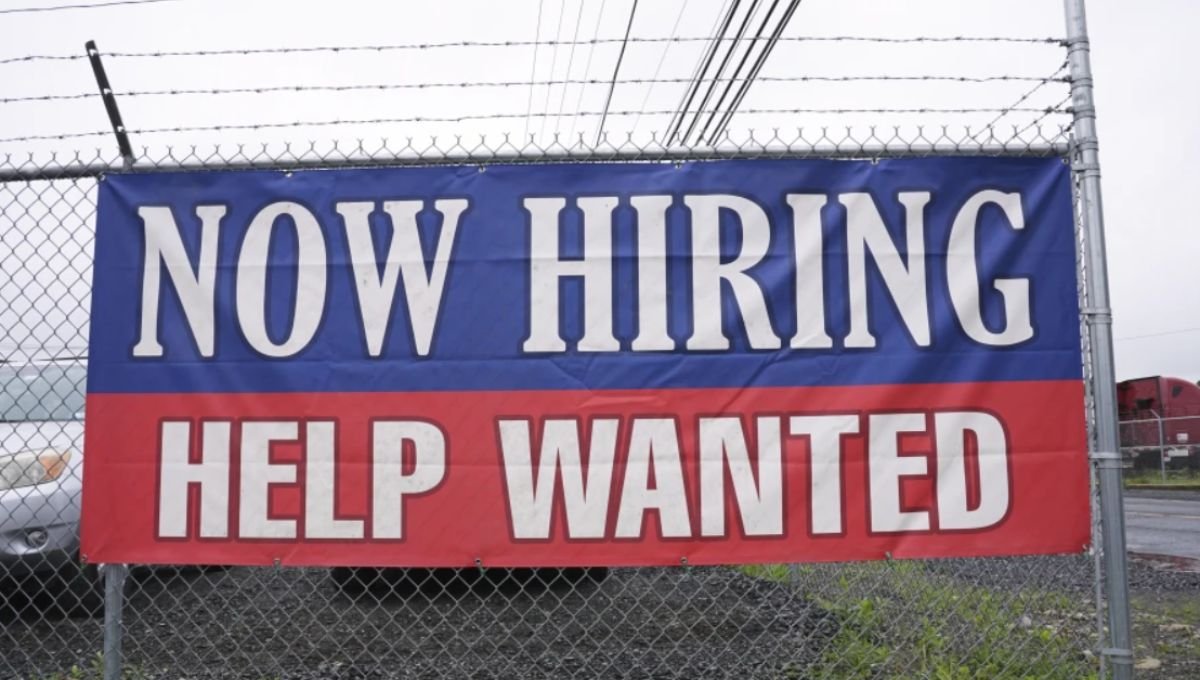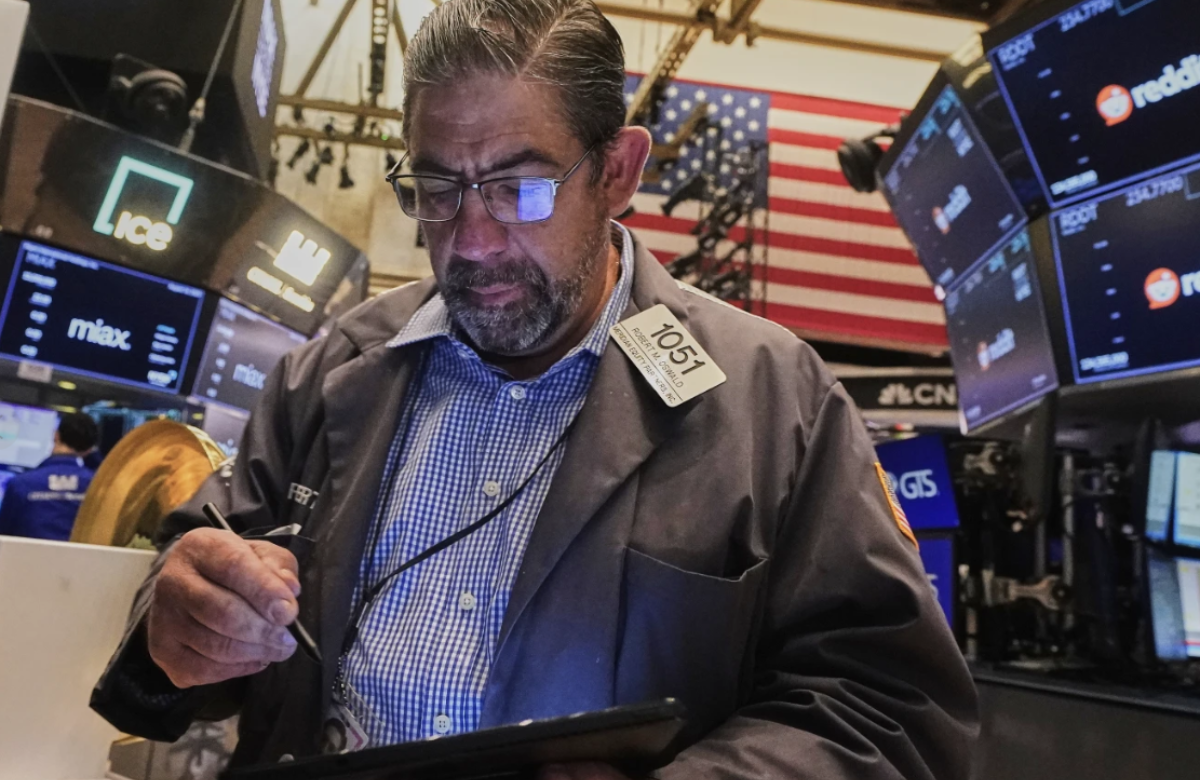The number of Americans filing for unemployment benefits dropped last week, indicating that companies are not laying off many workers, according to the Labor Department’s report on Thursday.
For the week ending June 21, initial jobless claims fell by 10,000 to 236,000 — a level considered historically low. The four-week moving average, which smooths out fluctuations, also decreased by 750 to 245,000.
Since unemployment claims serve as an indicator of layoffs, this decline suggests that businesses are largely retaining their employees. However, other data reveals that hiring is still sluggish, creating what economists describe as a “no hire, no fire” environment.
While the unemployment rate remains low, signs of economic slowdown are evident. In 2025 so far, employers have added about 124,000 jobs monthly, a slowdown from the 168,000 average monthly gains seen last year. Most new jobs have appeared in select sectors such as health care, hospitality, and government. Layoffs have stayed relatively low, but hiring hasn’t picked up significantly either.
This slow pace of job creation has made the job market challenging, especially for recent college graduates. Young adults aged 22 to 27 face an unemployment rate higher than the overall national average, with the gap between these rates at its widest in more than three decades.
Further evidence of difficulty in finding work comes from the rise in continuing unemployment claims, which increased by 37,000 to 1.97 million for the week ending June 14 — the highest level since November 2021.
On another front, the Commerce Department reported that the U.S. economy contracted by 0.5% annualized in the first quarter, a sharper decline than the previously estimated 0.2%. This downturn was partly due to a surge in imports, as companies hurried to stockpile goods ahead of tariffs introduced by the Trump administration.
A broader measure of the economy’s health, which excludes volatile factors like exports and government spending but includes consumer spending and private investment, grew at a slower 1.9% annual rate from January to March, down from 2.9% in the previous quarter.
Also Read:
US unemployment ticked down, hovering at historically low levels














